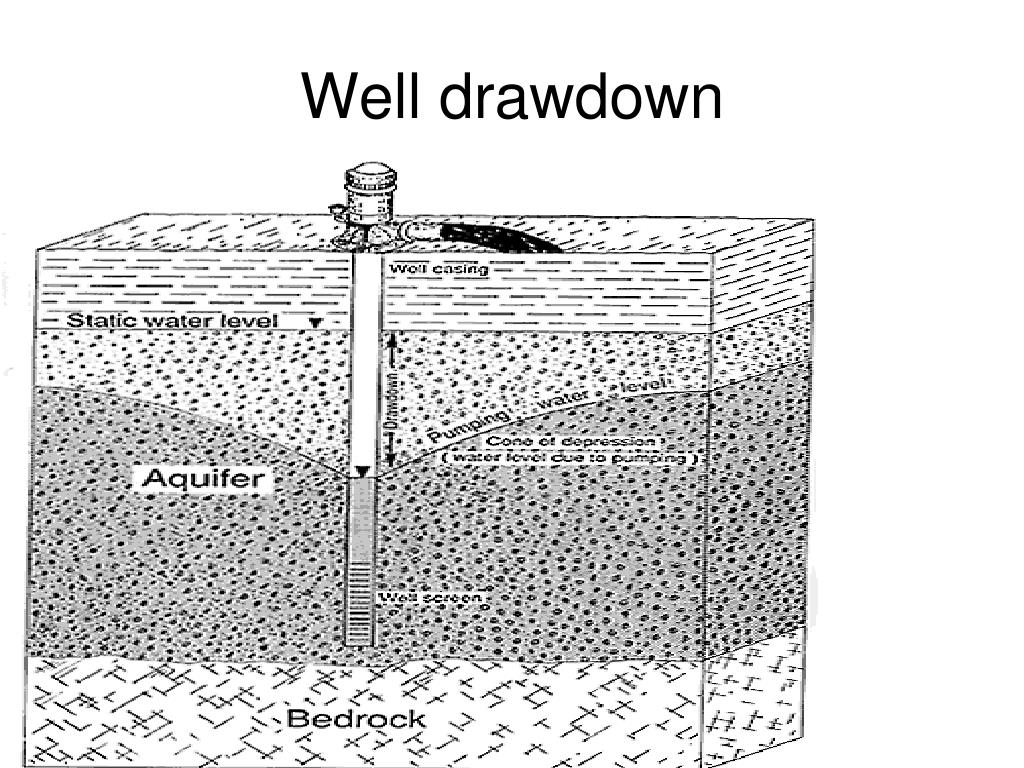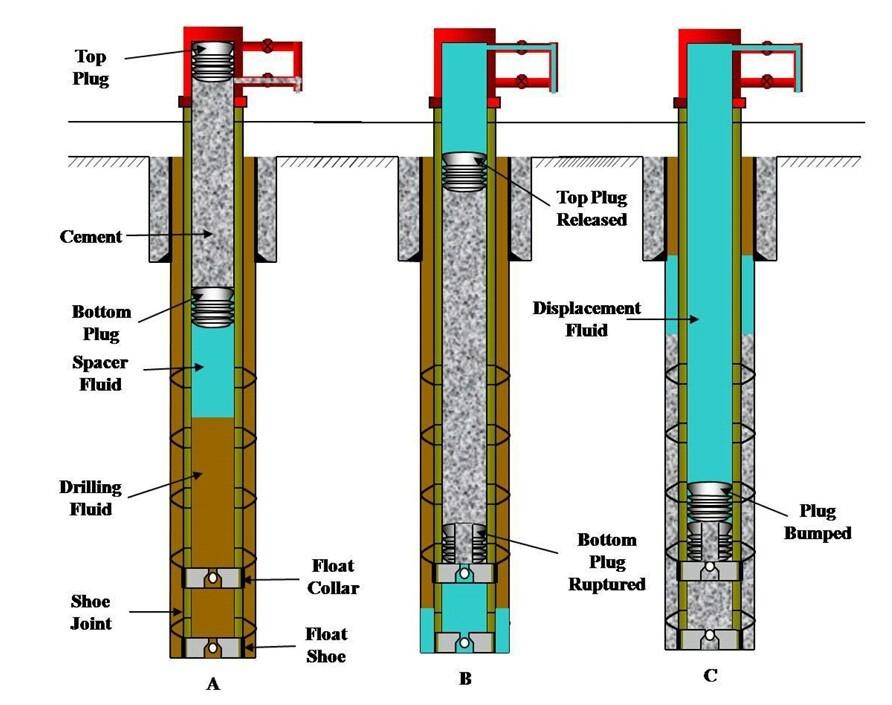

It can be used alone and is applied practically to all the existing flow regime cases. This book focuses on the fourth method that uses a single plot of the pressure and pressure derivative plot for identifying different lines and feature for parameter estimation.
#Oil well drawdown verification#
The second one, although very important, requires a plot for every flow regime, and there is no way for verification of the calculated parameters, and the third one has a problem of diversity of solutions but is the most used by engineers since it is automatically made by a computer program.

The first method is basically a trial‐and‐error procedure a deviation of a millimeter involves differences up to 200 psi and the difficulty of having so many matching charts. There exist four methods to achieve this goal, which are as follows: type‐curve matching, conventional straight‐line method, non‐linear regression analysis, and TDS technique. Well test interpretation is an important tool for reservoir characterization. Novel, Integrated and Revolutionary Well Test Interpretation and Analysis Part of the book: Exploitation of Unconventional Oil and Gas Resources The methodology has been successfully explained and tested by its application in two examples, although there exists more than a hundred articles that provide many useful applications. It has been proven to provide accurate results, and its power allows verification of most results which is not possible from any other technique. Tiab’s direct synthesis (TDS) methodology, which uses specific lines and intersection points found on the pressure and pressure derivative plot, is used in some direct equations which are obtained from the solution of the diffusivity equation for a given flow regime. Also, the conventional straight-line method requires one plot for each individual flow regime observed in the pressure tests, and the estimated parameters cannot be verified. This method has some drawbacks associated with the nonuniqueness of the solution. Most fractured well interpretation tests are conducted using nonlinear regression analysis if the pressure model is available. This chapter focuses on the application of Tiab’s direct synthesis (TDS) technique for practical and accurate interpretation of pressure tests on vertical wells in conventional reservoirs, so bilinear, linear, and elliptical flow regimes can be used for fracture characterization. Well Test Analysis for Hydraulically-Fractured Wells Part of the book: Advances in Natural Gas Emerging Technologies This is not the case of the Tiab’s Direct Synthesis technique (TDS) which is indifferently applied to either drawdown or buildup tests and is based on features and intersection points found of the pressure and pressure derivative log-log plot. Its disadvantages are the accuracy in determining of the starting and ending of a given flow regime and the lack of verification. The conventional straight-line method has been customarily used for well test interpretation. Buildup pressure tests, for example, require linearization of both pseudotime and pseudopressure. Besides, since the viscosity-compressibility product is highly sensitive in gas flow then, pseudotime best captures the gas thermodynamics. When wellbore storage conditions are insignificant, drawdown tests are best analyzed using the pseudopressure function. Depending upon the viscosity-compressibility product, three treatments are considered for the linearization: square of pressure squared, pseudopressure, or linear pressure. The gas flow equation is normally linearized to allow the liquid diffusivity solution to satisfy gas flow behavior. This assumption does not apply for gas flow case in which the gas compressibility factor is also included for a better mathematical representation. Modeling liquid flow for well test interpretation considers constant values of both density and compressibility within the range of dealt pressures.


 0 kommentar(er)
0 kommentar(er)
